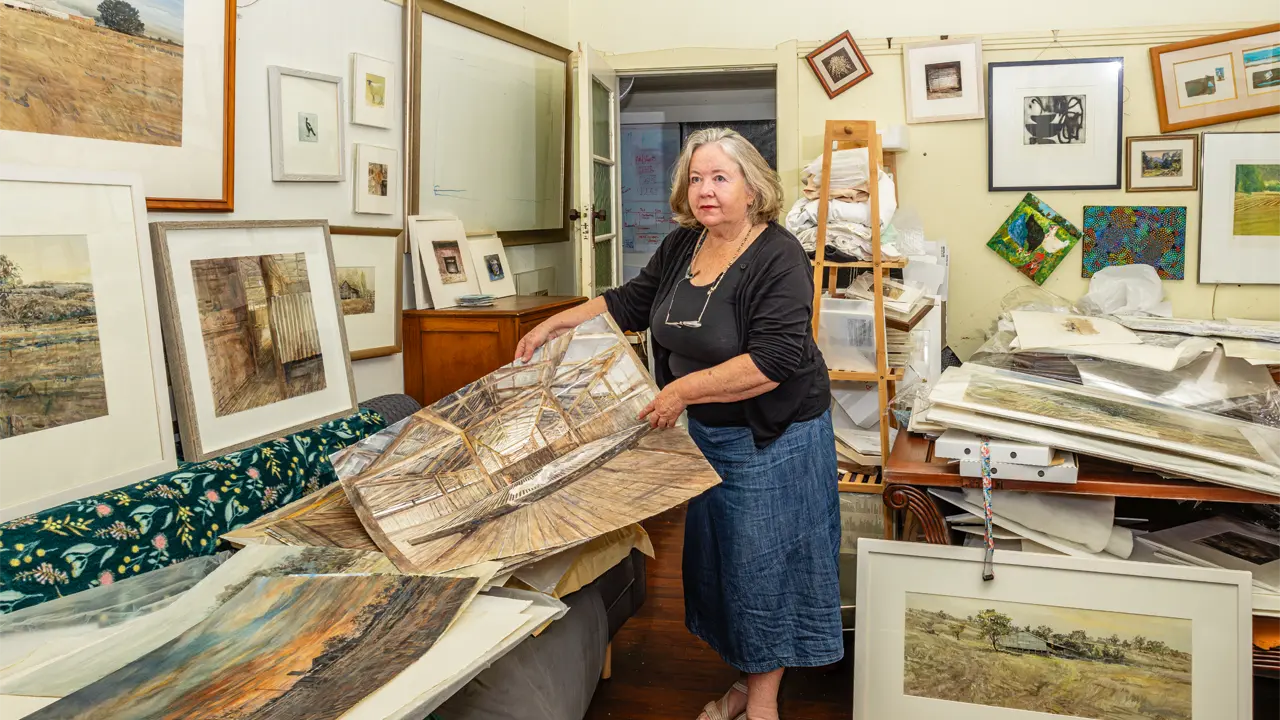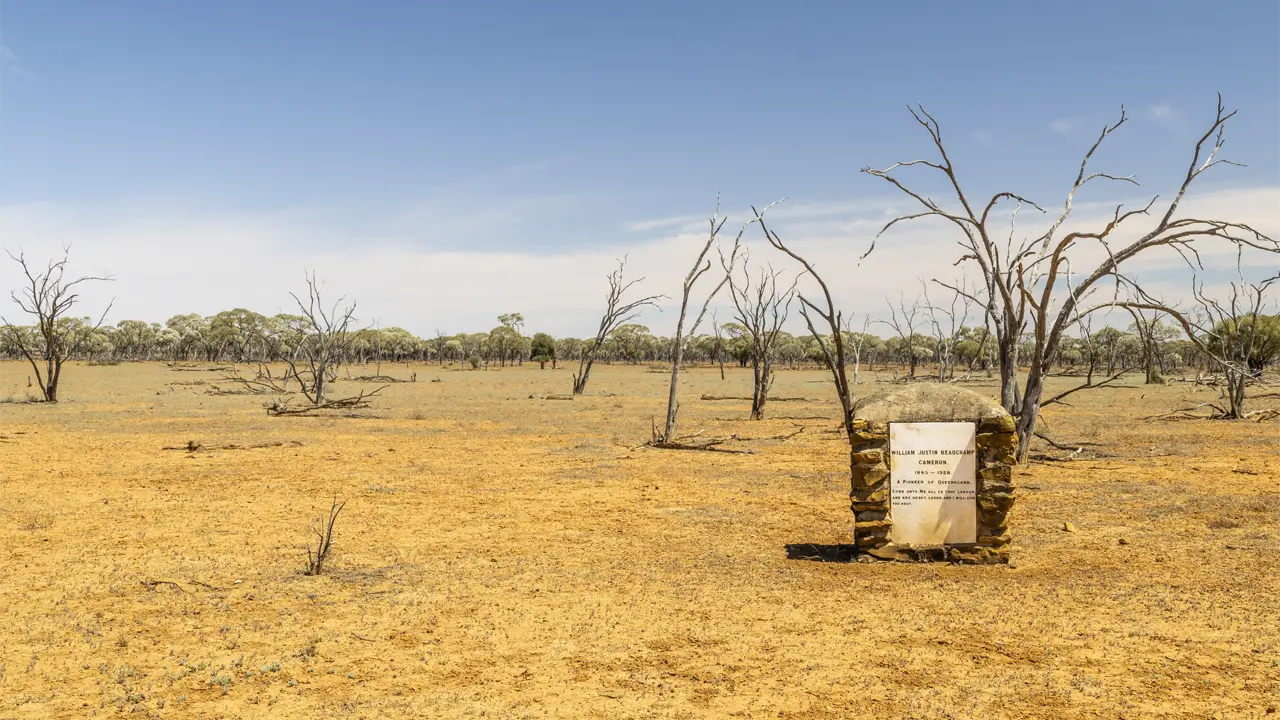Andrew Pirie chose Tasmania’s Tamar Valley to test the science behind the elusive concept of terroir. His experiment led to the transformation of the island state into a premium wine region.
Story + Photos Andrew Bain
In 1975, in an article in the Australian Financial Review, an aspiring young winemaker named Andrew Pirie effectively predicted the future of Tasmania. “The possibility of Tasmanian salmon trout with a delicate wood-aged chardonnay, local rock lobster and a steely, dry riesling or some of that fine local beef washed down with draughts of elegant cabernet – it’s enough to make a tourist go down there even in winter,” he wrote, just a year after planting one of Tasmania’s first vineyards.
At the time, the Tasmanian Government was actively discouraging the planting of grapes. Tasmania was the only state in which wineries couldn’t get a licence to operate a cellar door, and there was just 20ha of land under vine across the island. Andrew’s new vineyard at Pipers Brook accounted for 40% of that area, but it was his subsequent successes with labels such as Pipers Brook, Ninth Island and Pirie that would play a significant role in transforming this barren wine state into a premium region now producing more than $400 million of wine a year.
Only a few years before Andrew arrived in Tasmania, such a career trajectory would have seemed unlikely. Growing up in Sydney in a family with no interest in wine, Andrew wasn’t introduced to its pleasures and its science until university, where he took a single subject in viticulture as part of his agricultural science degree.
This story excerpt is from Issue #157
Outback Magazine: October/November 2024










